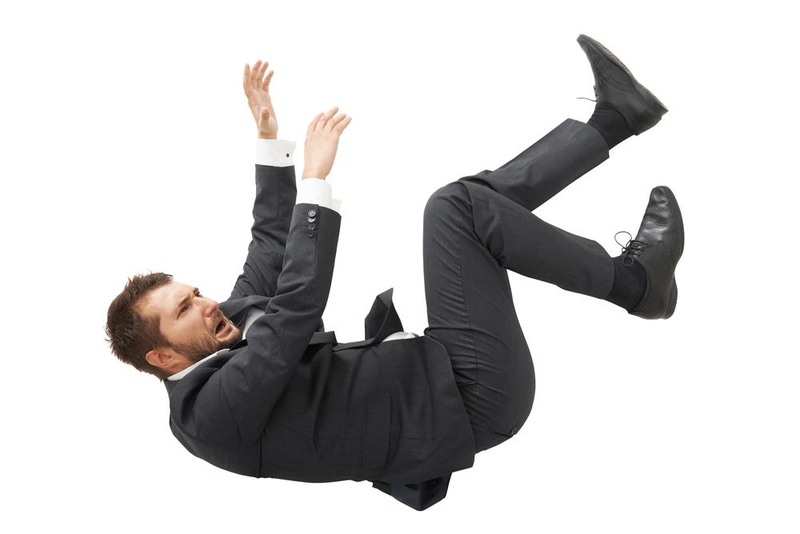Twitching in sleep is far more widespread than you might believe. Almost everybody had the experience of kicking while asleep, while dreaming about jumping or falling. Twitching or jerking motions while asleep are involuntary muscle movements or spasms. They most often occur just as the person is drifting off to sleep or waking out of REM sleep. It can affect your legs, hands or even the muscles in your face.

Four Types of Twitching
Hypnagogic Jerks: They occur during the transition from wakefulness to sleep
Myoclonus: These are jerking motions that occur during sleep due to sudden muscle tensing
Periodic Limb Movement Disorder: This is an uncontrolled rhythmic twitching that often interrupts sleep.
REM Behavior Disorder: This disorder is earmarked by more dynamic jerking movements during the REM cycle.
Hypnagogic jerks or sleep starts as they are often called can be as a result of a sudden sound or movement in the area of the sleeper. These actions also occur spontaneously as a result of dreams, a sensation of falling or bright lights. This form of twitching in your sleep is common, and it’s believed that 70% of people experience these to some degree.
Myoclonus is related to hypnagogic jerks- they are usually minor movements or muscle contractions that don’t wake the individual up. They can also affect the diaphragm, stimulating a hiccup. More complex forms may indicate nervous system disorders. The majority of myoclonus jerks are believed to be caused by a disturbance of the central nervous system neurotransmitters.
Periodic Limb Movement Disorder is disruptive uncontrolled twitching of the extremities including toes and fingers. If fatigue becomes a serious problem, the patient may be sent for diagnostic tests at a sleep lab.
REM Behavior Disorder prevents people from entering the deep REM sleep cycle and experiencing sleep paralysis as it typically occurs. The movements are more frequent and more vigorous than other sleep spasms and are disruptive to the sleeper.
Notes: Infants have a form of twitching in your sleep problem, commonly referred to as the startle response. It is believed they feel a sense of falling. This syndrome resolves on its own and is relatively short lived.
Diagnosing Twitches
Before treatment can ensue, a proper diagnosis must be made. While most jerking sleep disorders are benign, others can be indicative of neuromuscular diseases including, but not limited to, sleep apnea, Parkinson’s disease, and Multiple Sclerosis.
Tremors are separate symptoms generally associated with a neuromuscular disease like Parkinson disease. These are fine motor movements that resemble trembling motions. Treatment is according to the underlying illness.
Drug use, including alcohol, nicotine, cocaine and methamphetamines should be investigated. Severe twitching in your sleep conditions is common in people that partake in stimulants. The patients prescription medications will also be reviewed as some drugs list sleep disorders as normal side effects.
Diagnosis generally requires a sleep study. During this study brain, waves and muscle movements are observed and correlated. These results offer physicians a starting point to devise a strategy for treatment.
The sleeper’s electrolyte balance, hydration and anxiety levels will be assessed. Magnesium and potassium are specific to muscle movements so the physician may suggest foods rich in these substances.
How to Deal with Twitching While Sleeping
Hypnagogic Jerks
Hypnagogic Jerks and myoclonus movements often require no treatment at all. Clonazepam and /or Valproic Acid (also known as Depakote) are occasionally prescribed if the malady is severe. Both of these medications can cause dependence with regular use.
Periodic Limb Movement Disorder
It can have long lasting effects on the person such as memory impairment, depression or extreme fatigue during the day. Medications usually include sedatives, narcotics, and anti- seizure drugs. Some medications are addictive and can worsen the malady, so post-treatment follow-up is mandatory.
REM Behavior Disorder
REM behavior disorder patients are routinely checked for the symptoms displayed rather than a syndrome. Clonazepam has demonstrated a proven success in over 90% of all patients. This medication may be taken for an indefinite period, but dependency is common.
There are other methods suggested before prescription medications are ordered. Breathing exercises to encourage relaxation, a reduction in stimulants such as caffeine and nicotine are conventional initial therapies. A diet rich in antioxidants like dark tart cherries, blueberries, and dark green vegetables has been shown to improve sleep issues including twitching in your sleep.
Research Studies
Currently, research studies are trying to identify the underlying biochemical basis of myoclonus disorders. Although scientists do not have a full understanding of the complex origins of these sleep maladies, they are investigating new methods for treatment.
View All Comments /Add Comment